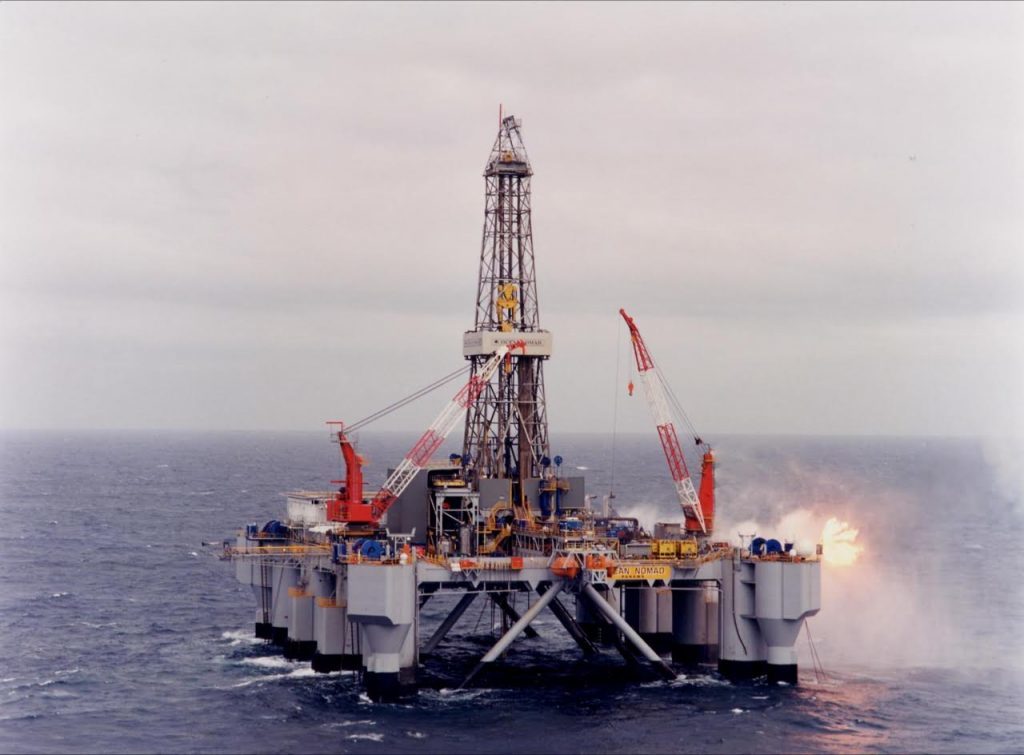
North Sea player i3 Energy claims its Liberator field development will have a minimal impact on the surrounding seabed and wildlife.
The company, formed by industry veterans Neill Carson and Graham Heath, raised £6.2million earlier this year in a private placing to develop the outer Moray Firth field.
It acquired the prospect, close to Repsol Sinopec’s already producing Blake field, for a “low cost” from Dana Petroleum in December.
The two-well Liberator project will be tied back to the Blake field, where fluids will come aboard the ‘Bleo Holm’ Floating Production, Storage and Offloading (FPSO) vessel for processing and export.
Oil will be exported by tanker and excess gas will be piped to the St Fergus terminal.
The expected field life is seven years.
Drilling is expected to start in April next year, with first oil following in the second half of 2018.
According to the environmental statement from i3, the Liberator reservoir will be drilled used a semi submersible drilling rig, anchored in place.
Both wells will be of a similar design and each will be drilled to approximately 3,782 m.
Prior to production, each well will be cleaned up to remove any waste and debris to prevent damage to the pipeline or topsides production facilities.
Subsea structures are to start to arrive on site in July 2018
Production will come online in 2018, with approximately 9,560 barrels (1,091 tonnes2) of oil and 70,400 standard metres cubed (Sm3 ) of gas produced per day.
Production will peak in 2020 at approximately 15,600 barrels of oil (1,990 tonnes) and 105,300 Sm3 of gas per day, before steadily declining over the remainder of the projected field life.
In terms of environmental sensitivity, i3 say there is no forecasted impact on seabirds, fish and marine mammals during setup and into production.
The greatest risk factor is an accidental hydrocarbon spillage.
The environmental statement said: “Whilst the potential consequences of a well blowout are severe, the likelihood of a well blowout occurring during operations in the Liberator field is remote.
“The most likely spill risk is associated with hose failure during transfer of drilling mud, diesel and chemicals during drilling operations.
“These spills are expected to be small in volume and procedures will be in place to reduce the risk and consequence of any spill, in particular written procedures, regular inspection of equipment and provision of spill kits.”
i3 Energy will review decommissioning best practice closer to the point at which the project will be decommissioned.
In conclusion, the firm said, that the phase one development was “in broad alignment” with environment safeguarding policies.
The firm said: “Overall, it is concluded that the limited geographical scale of phase one of the development
(limited to two wells) and the limited temporal scale of Phase 1 of the Development (life of field is anticipated to be seven years), combined with the proposed mitigation measures, mean that the Liberator phase one field development will not result in any significant long-term environmental impacts.”